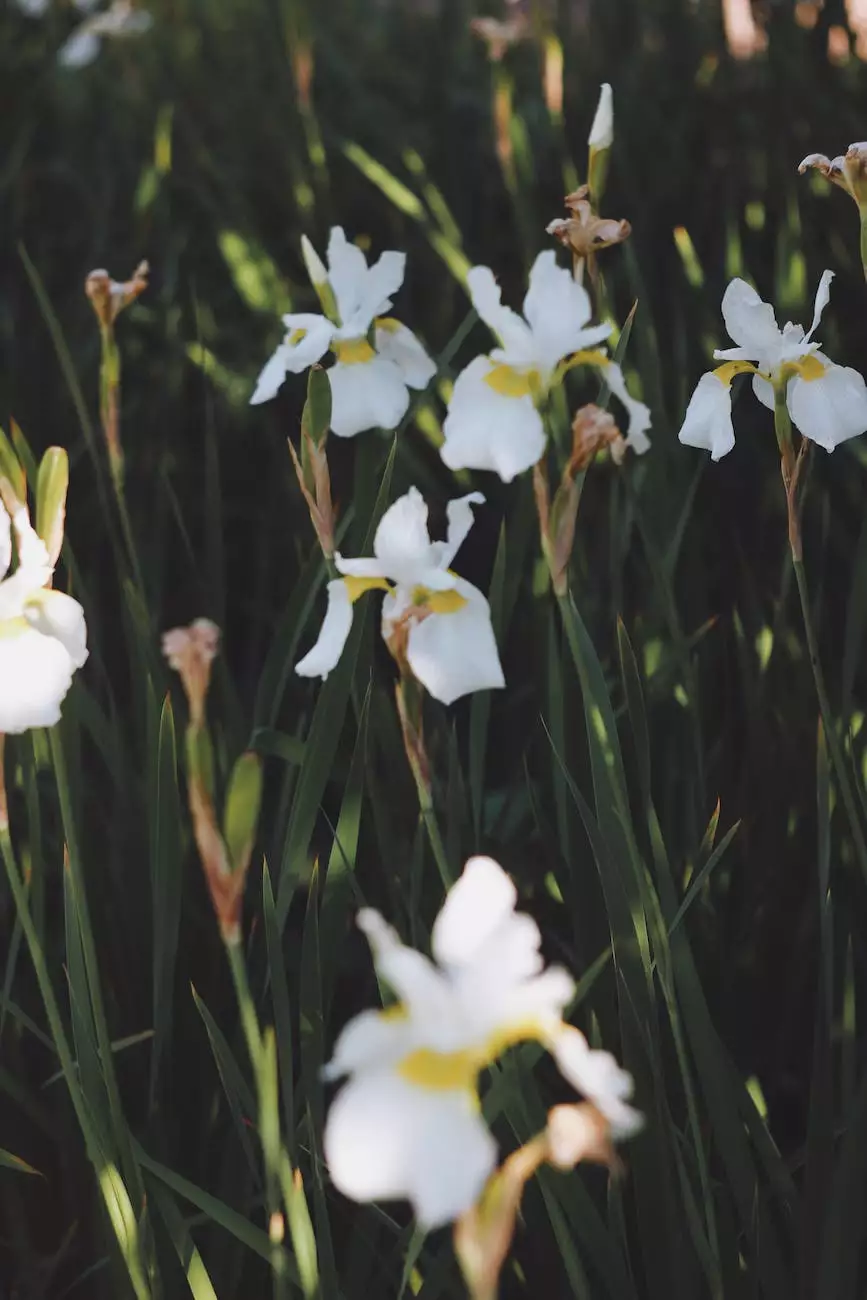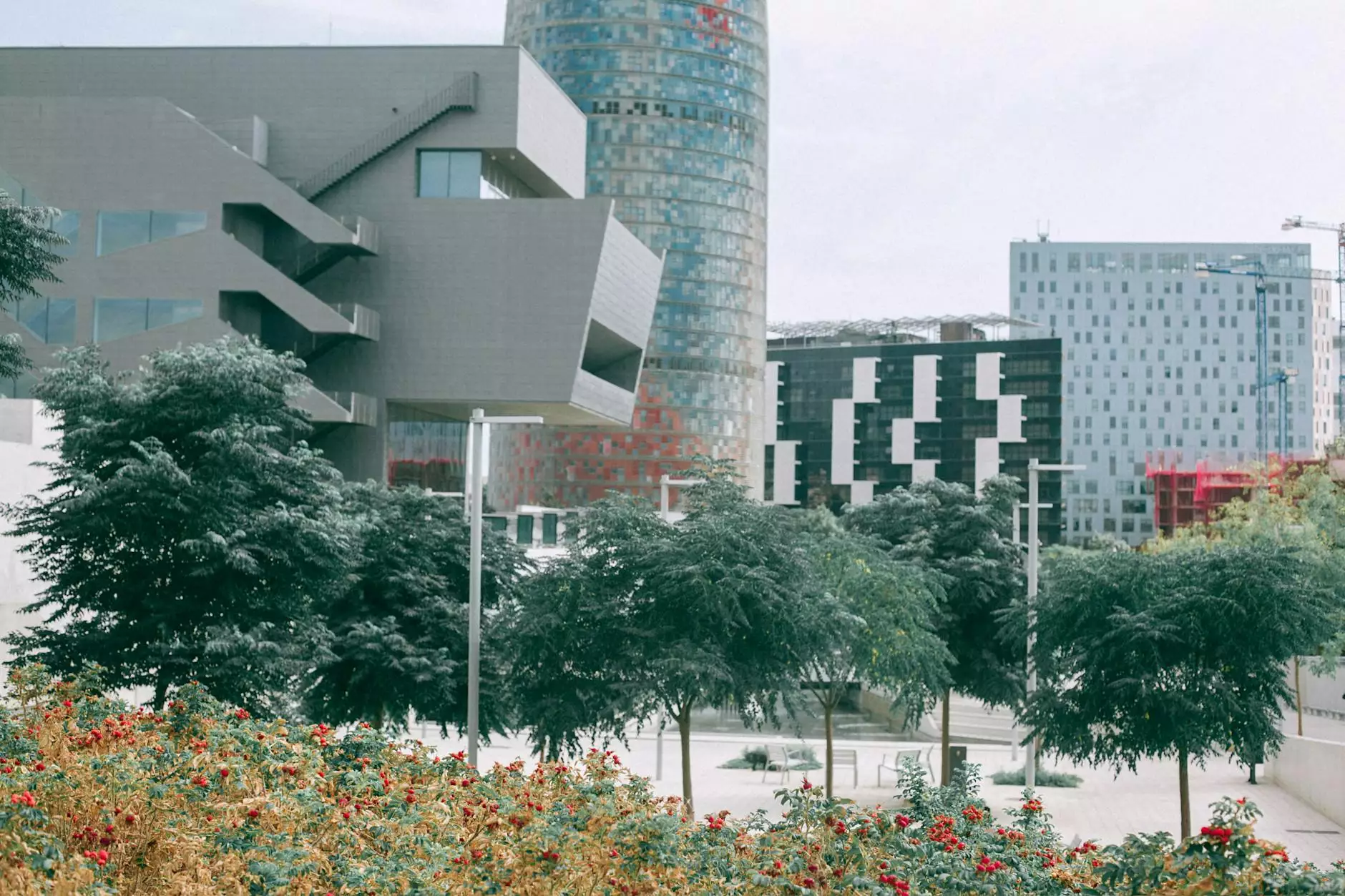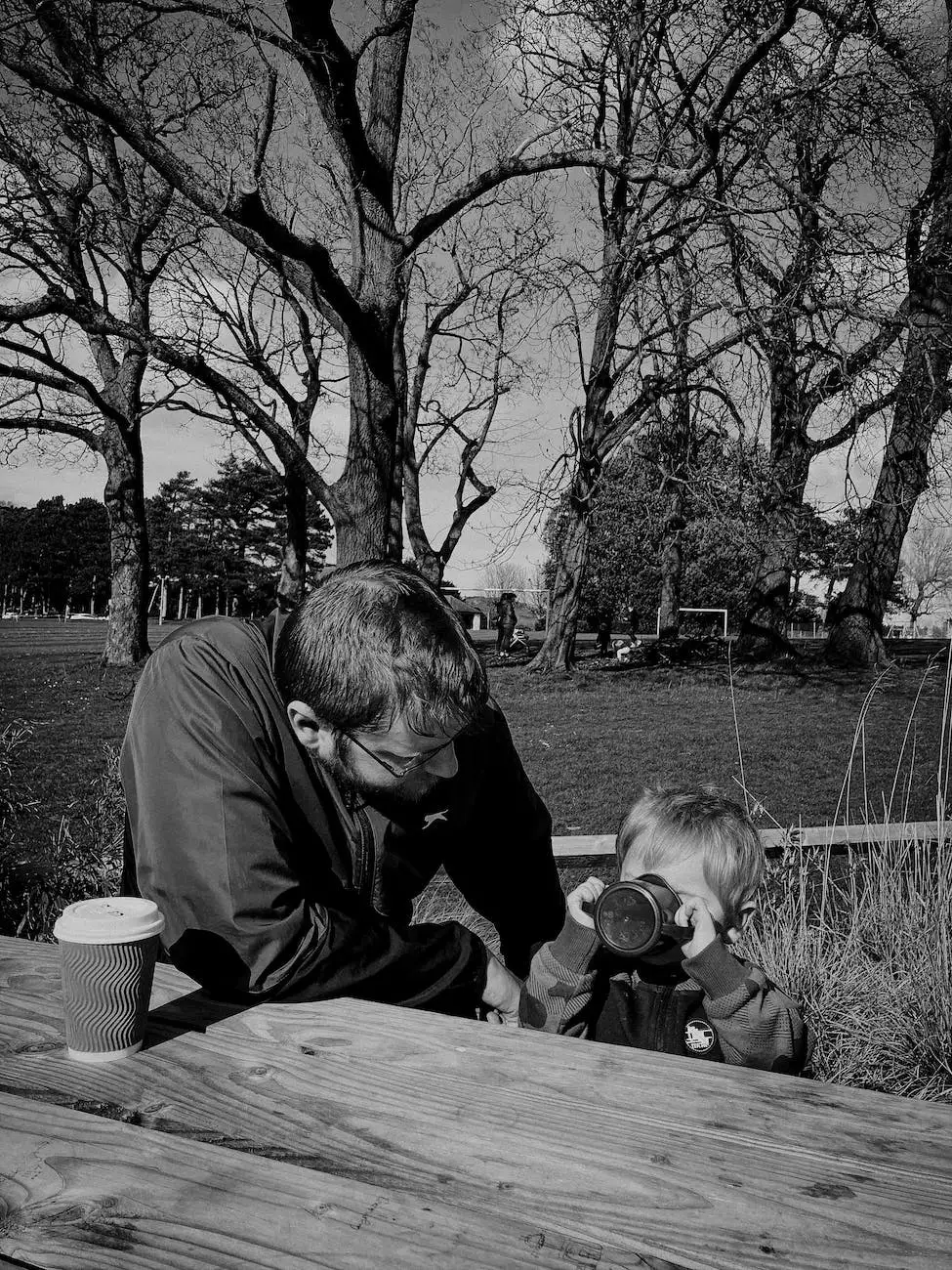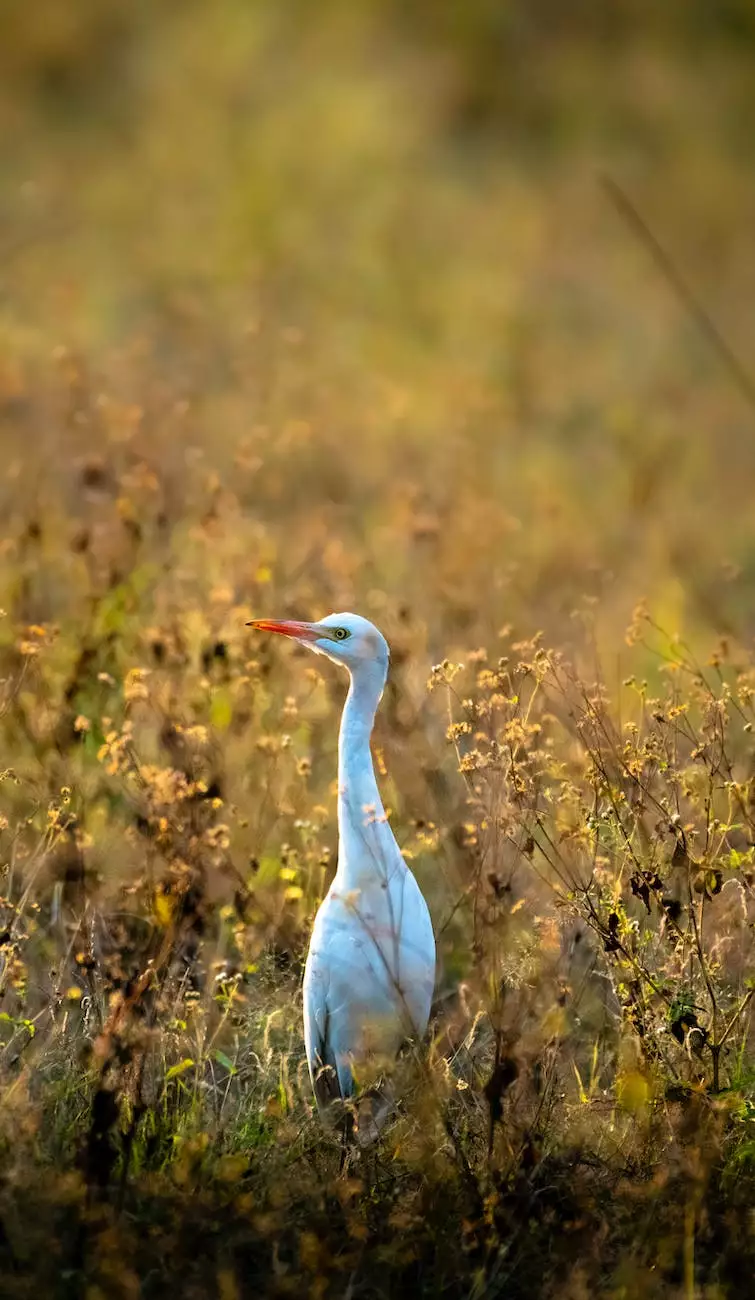Tropicals – Cordyline Bolero
Plant Library
Introduction
Welcome to Always Lovely Lawn Care's comprehensive guide on Cordyline Bolero, a stunning tropical plant that adds beauty and elegance to any garden. In this guide, we will provide you with detailed information on how to cultivate and care for this magnificent foliage plant. Whether you are a gardening enthusiast or a beginner, this guide has got you covered!
About Cordyline Bolero
Cordyline Bolero, scientifically known as Cordyline fruticosa 'Bolero,' is a tropical plant that belongs to the Asparagaceae family. Native to Southeast Asia, this plant is popular for its vibrant, multi-colored leaves and its ability to thrive in both indoor and outdoor settings.
Appearance
The Cordyline Bolero features long, arching leaves that are variegated in shades of green, pink, purple, and cream. The leaf color intensifies with age, creating a striking visual display in your garden. It typically grows up to 3-5 feet in height, making it suitable for both large and small garden spaces.
Growing Conditions
To ensure the successful growth of Cordyline Bolero, it's crucial to provide it with the right growing conditions. This tropical plant thrives in well-draining soil that is rich in organic matter. It prefers partial shade to full sun, depending on your climate.
When planting Cordyline Bolero outdoors, choose a location that offers protection from strong winds. If you opt to grow it indoors, place it near a window that receives bright, indirect sunlight. Remember to rotate the plant from time to time to ensure even growth.
Watering and Humidity
Cordyline Bolero requires regular watering to keep its soil moist but not waterlogged. During summer months, increase the frequency of watering to compensate for evaporation. However, avoid overwatering as it can cause root rot.
As a tropical plant, Cordyline Bolero appreciates humidity. You can mist the leaves with water occasionally or place a tray filled with water near the plant to create a humid microclimate.
Fertilizing Needs
Providing Cordyline Bolero with the right nutrients is essential for its growth and overall health. Use a balanced, slow-release fertilizer during the growing season, following the manufacturer's instructions. Avoid over-fertilization, as it can lead to excessive foliage growth and weaken the plant.
Caring for Cordyline Bolero
Pruning
Regular pruning helps maintain the shape and appearance of Cordyline Bolero. Remove any dead or yellowing leaves to enhance the overall aesthetic of the plant. You can also trim back overgrown stems to encourage new growth and maintain a desirable size.
Pest and Disease Control
Cordyline Bolero is relatively resistant to pests and diseases. However, it's important to keep an eye out for common issues such as mealybugs, scale insects, and root rot. Regularly inspect the plant for any signs of pests or diseases, and take appropriate measures to control and eliminate them.
Propagation
If you wish to propagate Cordyline Bolero, you can do so using stem cuttings. Select a healthy stem and remove it just below a node. Remove the lower leaves from the stem, leaving a few at the top. Plant the stem cutting in a well-draining potting mix and keep it in a warm, humid environment until roots develop. Once rooted, you can transplant it to a larger container or directly into the garden.
Conclusion
In conclusion, Cordyline Bolero is a stunning tropical plant that can elevate the beauty of any garden. Its vibrant, multi-colored leaves make it a visual delight, while its ability to adapt to different growing conditions makes it a versatile choice for both indoor and outdoor spaces. By following the guidelines provided in this comprehensive guide by Always Lovely Lawn Care, you can cultivate and care for Cordyline Bolero with confidence and achieve a truly magnificent garden display.









